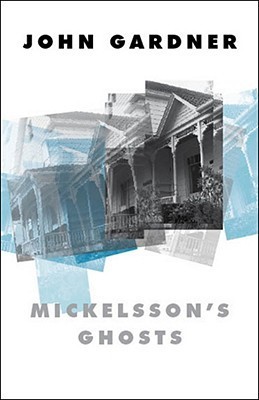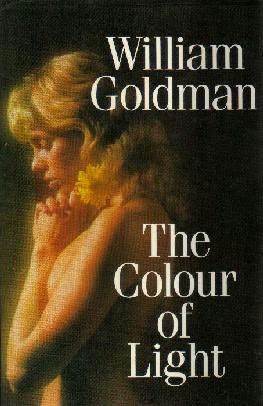
The Sunlight Dialogues
Book Description
Under a canopy of shifting shadows and brilliant light, a small town becomes the battleground for truth and deception. As the enigmatic David, plagued by haunting memories, navigates turbulent relationships with family and friends, the line between reality and illusion begins to blur. Secrets are whispered, alliances forged, and hearts broken in the pursuit of understanding and connection. With tensions escalating and tensions splintering the community, questions of identity, purpose, and redemption emerge like specters in the night. Can fragile bonds withstand the weight of revelation, or will the search for clarity engulf them all?
Quick Book Summary
"The Sunlight Dialogues" by John Gardner is a complex literary novel set in Batavia, New York, during the turbulent 1960s. The story centers on the enigmatic figure known as the Sunlight Man, whose anarchic presence disrupts the lives of the town's inhabitants. Police Chief Fred Clumly, an embodiment of order and authority, becomes obsessed with apprehending the Sunlight Man, whose cryptic philosophy and subversive acts challenge the very structure of society. As their conflict unfolds, families, friendships, and loyalties are tested, revealing the deep fissures and secrets within the community. Through shifting narratives and philosophical dialogues, Gardner explores themes of truth, justice, personal freedom, and the struggle for meaning in a world torn between light and shadow. The novel is both a philosophical exploration and a gripping mystery, seeking to uncover the nature of reality and illusion.
Summary of Key Ideas
Table of Contents
Order versus Chaos
Set in a small town in upstate New York, "The Sunlight Dialogues" uses the conflict between Sunlight Man and Police Chief Clumly as a symbolic clash between chaos and order. The Sunlight Man, with his unpredictable acts and philosophical provocations, forces the people of Batavia to question their assumptions about law, freedom, and the nature of evil. The stage is set with a mysterious crime and the arrival of a character who defies conventional morality, pushing the lines of what society considers acceptable.
The Search for Meaning and Truth
At the heart of the narrative lies a tapestry of relationships—familial, romantic, and platonic—that are shaped and tested by the Sunlight Man’s presence. Gardner interweaves the lives of the Clumly family and other townsfolk, exposing hidden grievances and unresolved traumas. Secrets are unearthed and alliances tested, highlighting the fragility of human connections when confronted with chaos and the unknown. Love and loyalty are strained as personal histories come to light.
Family and Community Tensions
The novel examines the limits of justice and the complexity of morality. Chief Clumly’s pursuit of the Sunlight Man becomes a quest not only to maintain public order but to uphold his own understanding of right and wrong. Yet, Gardner complicates this binary by giving voice to the Sunlight Man’s philosophical arguments, challenging characters and readers alike to reconsider the foundations of authority, punishment, and redemption. The story probes whether law is an absolute good or merely a construct flawed by human bias.
The Nature of Justice and Morality
Reality and illusion are constantly blurred within the narrative. Gardner’s use of shifting perspectives, symbolic language, and philosophical dialogue destabilizes reader expectations. The Sunlight Man’s magic tricks and cryptic sayings serve both as literal acts and as metaphors for the slippery nature of truth. As the town’s sense of reality unravels, characters grapple with existential questions about identity, purpose, and the nature of evil under the ever-present tension between light and darkness.
Illusion, Reality, and Identity
Ultimately, "The Sunlight Dialogues" is a meditation on the human search for meaning and the fraught endeavor to create order in an inherently ambiguous world. Through its rich characterizations and intricate plot, the novel embodies the timeless struggle between the known and the unknown, raising questions that remain as relevant today as they were during the 1960s. Gardner leaves readers with a haunting sense of the complexities inherent in the pursuit of truth and connection.
Download This Summary
Get a free PDF of this summary instantly — no email required.





